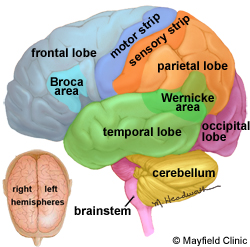The Ruben’s tube is basically a metal tube with a couple of holes, which work similarly in principle to the Bunsen burner. The interesting application comes in when the flames move up when the gases in the pipes are exposed to low to high frequency music . This creates a wavelength effect. The following installation has about 2500 holes installed in a flat 2 dimensional surface, and although the visuals don’t look all that impressive while doing a pitch test, it starts to take form when drum and bass style music is being played.
Although the video doesn’t go into specifics as to how the device is programmed, I feel that the aesthetics of the device is interesting enough to show here.
The next product is something that i would like to talk about, especially when it comes to snake oil-like salesmanship. The reason why I think it is relevant is because people seem to be technologically illiterate about technology in general. The device is the Juicero machine, and it is basically a device that squeezes out a packet of organic juice into your cup. It advertised itself as a device that can be operated on remotely through a wifi signal. The force of the push was also advertised at a whopping 8 tons.
The problem is that the device has to be constantly logged into the wifi network in order to work, and an additional app has to be used in order to operate it. On top of it, the packet itself posed a huge problem. Firstly, it has to be mail ordered, thus making purchases inconvenient. The packet also has a QR code, which has to be scanned before operation, this throws away all hope of using other branded juice packets. To make things worse, the QR code also takes in expiration date information, meaning that packets that have expired cannot be squeezed out, even if it has only expired for a few minutes. This feature, according to Jeff Dunn, was added so it could immediately recall the sachets in the event of a product recall.
The final nail in the coffin was drawn when videos emerged where were squeezing the sachet manually by hand, and without much difficulty. This eliminated the need of paying $699 for the Juicero machine altogether. The company has since reduced the price to $200, and has laid off 25% of the staff. It eventually shut off, after issuing an apology.
I’m not a big fan of adding in wifi signals or adding additional features for the sake of novelty, and less of a fan of people using this novelty to sucker people into donating big bucks into their kickstarter project.






